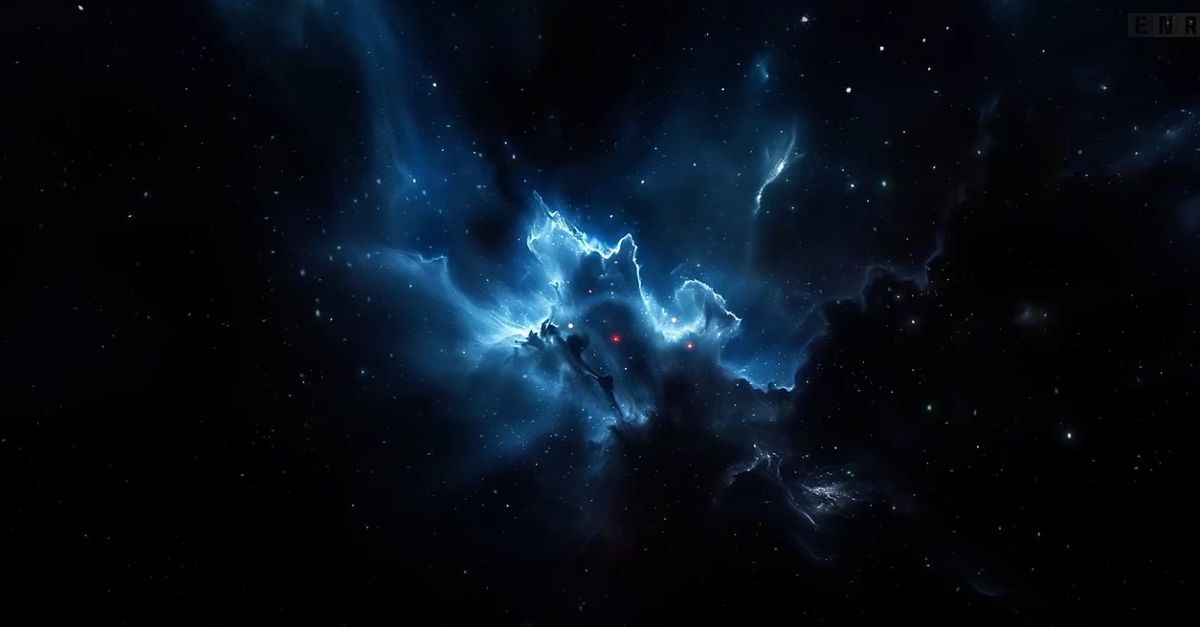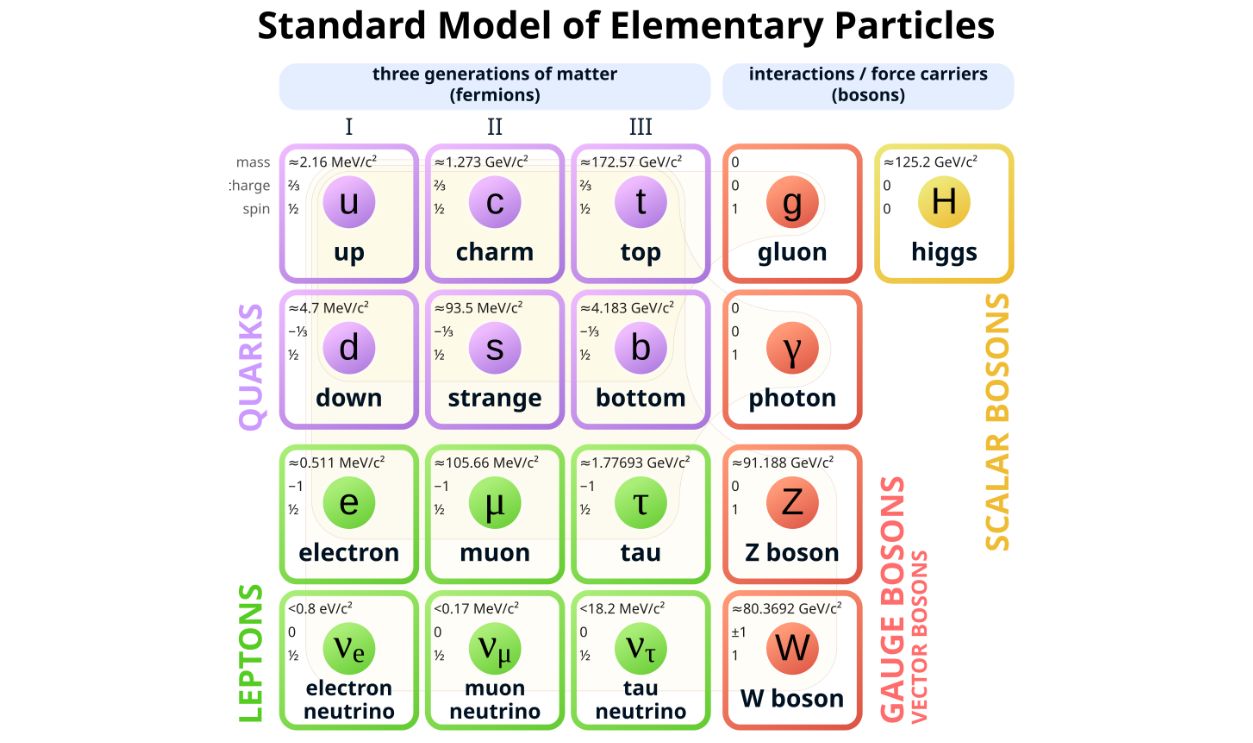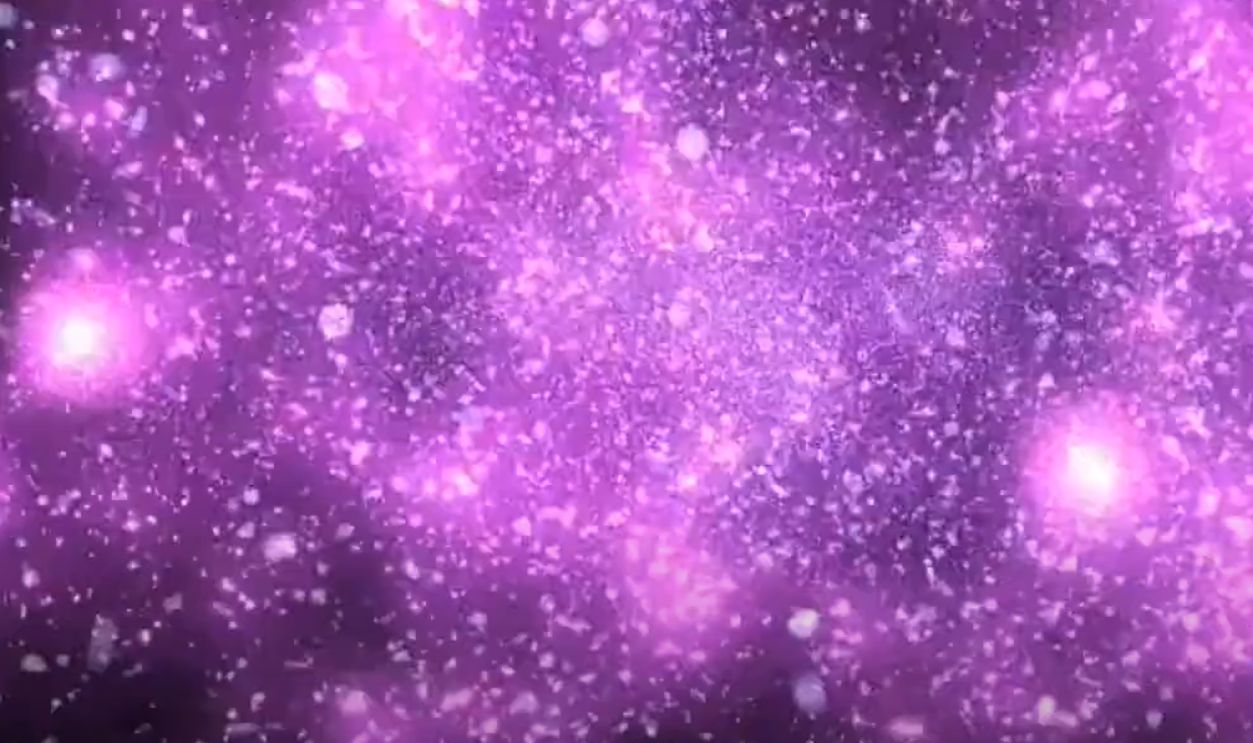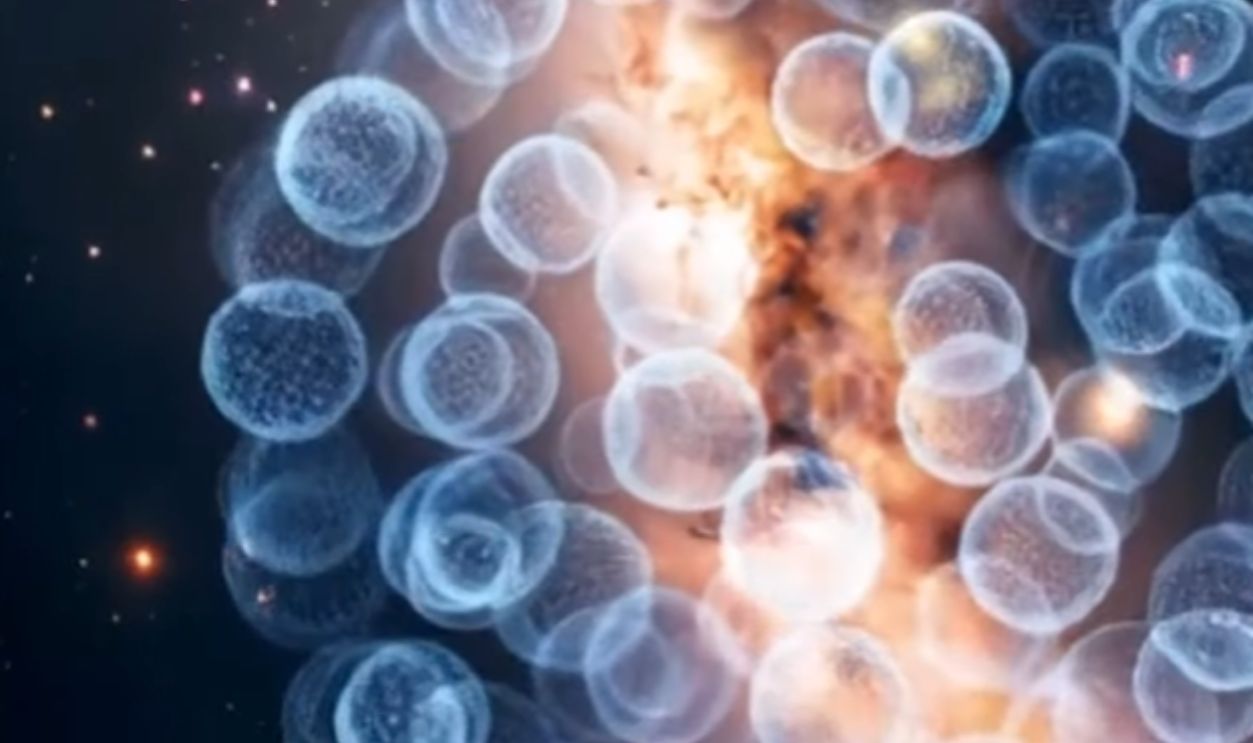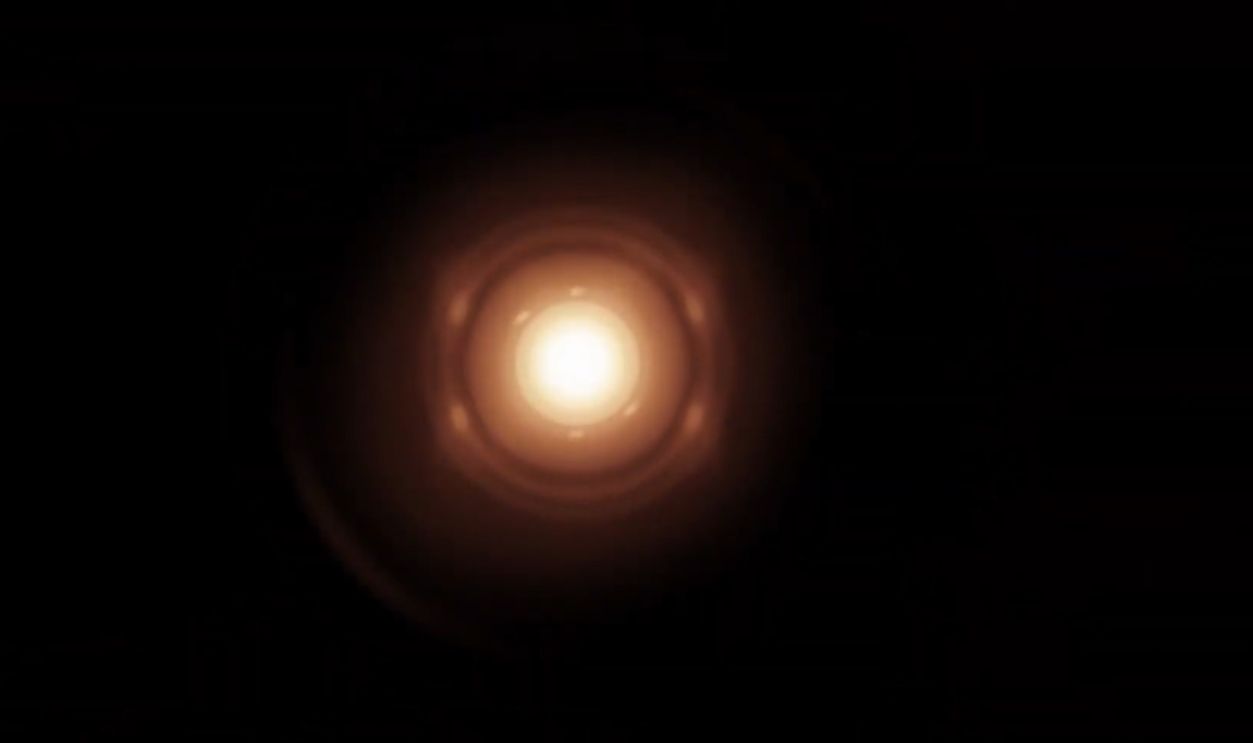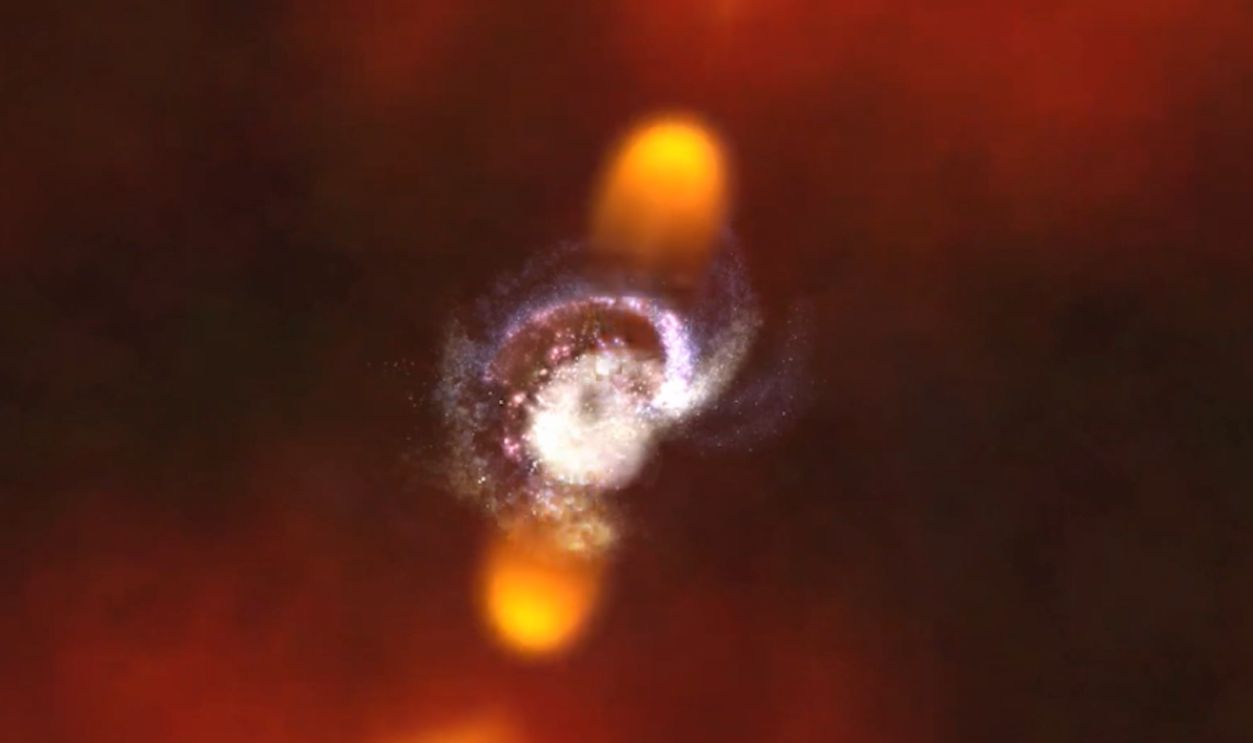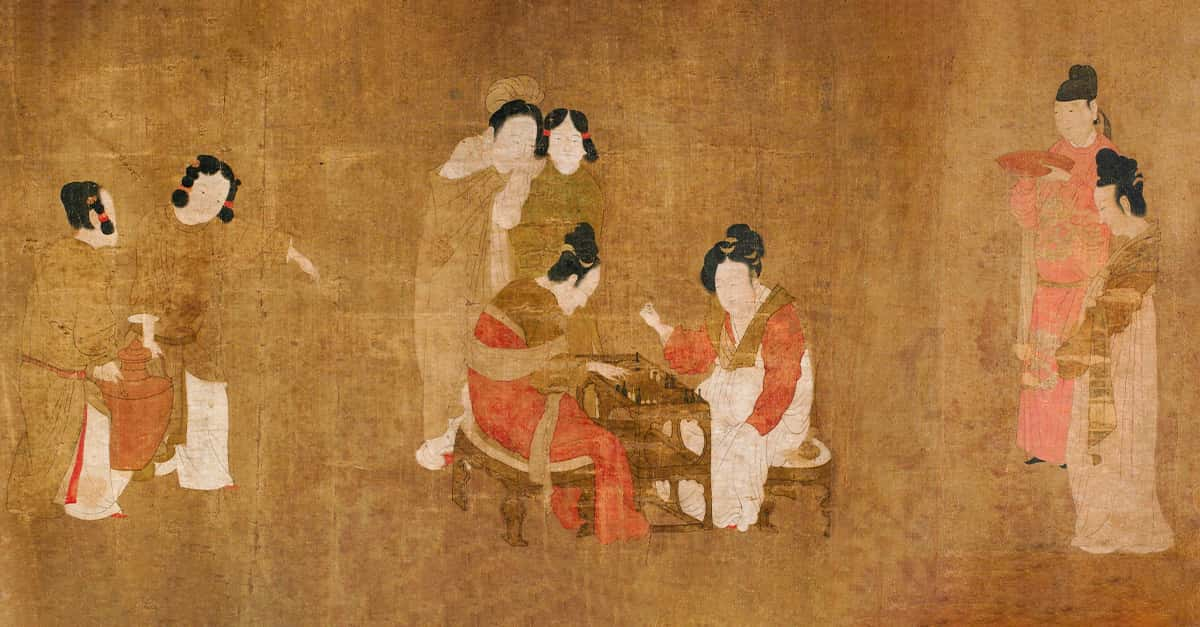Boson Mystery
Bosons, the universe’s force carriers that makeup 85% of all matter, might just hold the key to dark matter. Let’s explore how bosons could finally reveal one of the greatest cosmic mysteries. Class is in session.

Understanding Boson
A boson is a subatomic particle carrying a force and has zero or integral spin. It is key to understanding the nature of dark matter (which comprises about 85% of the universe's total matter) and its interaction with normal matter.
Understanding Boson Stars
Boson stars are hypothetical objects made entirely of bosons. Unlike regular stars, they don't emit light, making them invisible to telescopes. These stars are theoretical, and their connection to dark matter remains unproven.
Boson Stars Vs. Regular Stars
As per the theory, boson stars are transparent and invisible, unlike normal stars. Regular stars consist of fermions like protons and electrons, while boson stars are formed entirely of bosons like photons. But first, what is dark matter?
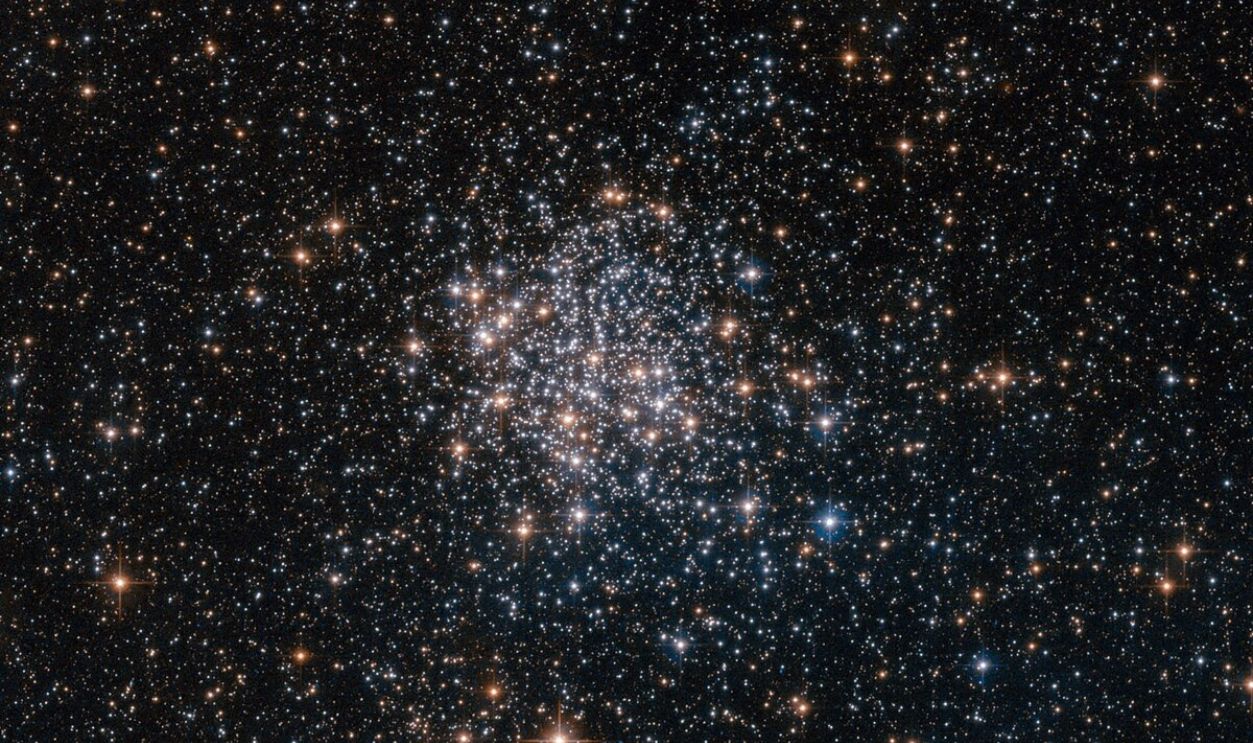 ESA/Hubble & NASA, CC BY 4.0, Wikimedia Commons
ESA/Hubble & NASA, CC BY 4.0, Wikimedia Commons
Understanding Dark Matter
Gravitational effects that can't be explained by visible matter alone suggest the existence of matter that doesn't or only weakly interacts with the known forces of nature. This dark matter makes up most of the universe's matter, but its particles (if they exist) have yet to be detected.
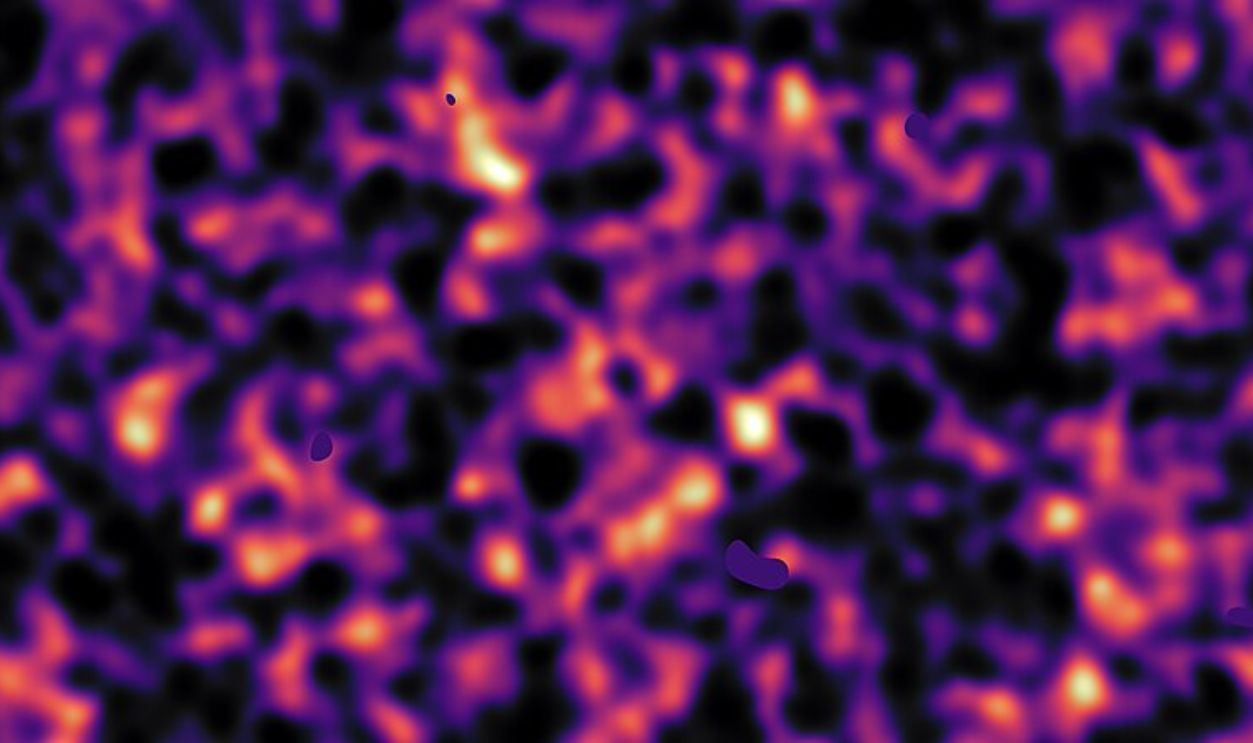 Kilo-Degree Survey Collaboration/H. Hildebrandt & B. Giblin/ESO, CC BY 4.0, Wikimedia Commons
Kilo-Degree Survey Collaboration/H. Hildebrandt & B. Giblin/ESO, CC BY 4.0, Wikimedia Commons
The Dark Matter Link
The boson star is proposed as a potential candidate for dark matter. This is because it’s a self-gravitating structure created from a large collection of bosons, which would not interact with typical matter. Moreover, bosons are a possible explanation for the unseen mass constituting dark matter.
Ultralight Bosons
Ultralight bosons are theoretical particles believed to have a mass that is smaller than one billionth of an electron’s mass. They interact weakly with their environment and have so far escaped detection in attempts to confirm their existence. Ultralight bosons like axions can potentially be a type of dark matter.
More About Axions
The idea of the axion was first introduced in 1977, long before scientists even realized dark matter existed. Its unique properties make it a compelling and intriguing candidate for dark matter. Are you wondering why axions are a perfect candidate for dark matter?
 Are Axions Dark Matter? by PBS Space Time
Are Axions Dark Matter? by PBS Space Time
They Are Cold And…
Axions are naturally abundant, very cold, and weakly coupled. Moreover, they solve the strong CP problem in quantum chromodynamics, which is a puzzle in physics about why certain forces behave the way they do. Their role in dark matter research came later.
 AXION dark matter by Space Mog
AXION dark matter by Space Mog

History's most fascinating stories and darkest secrets, delivered to your inbox daily.
Dark Photon
It’s time to look at another type of boson that can be a link between the known universe and the mysterious dark matter. The hypothetical particle in question is the dark photon. So, what exactly is it, and what does it have to do with dark matter? Let’s find out.
Understanding Dark Photon
It is a theoretical particle from a hidden sector, believed to act as a force carrier like the photon in electromagnetism, but possibly related to dark matter (still speculative). It might enable the dark matter to interact with normal matter through a process called kinetic mixing with ordinary photons.
Application Of Dark Photons
One of the most fascinating applications of dark photons, arguably, is to explain the difference between the measured and predicted anomalous magnetic moment of the muon (an elementary particle), though the simplest versions of this theory now conflict with other experimental results.
Application Of Dark Photons (Cont.)
This difference is often seen as a possible hint that there’s more to physics than the Standard Model, which explains the universe’s basic building blocks. Besides influencing electromagnetism through kinetic mixing and maybe interacting with dark matter particles, large dark photons could also be a type of dark matter themselves.
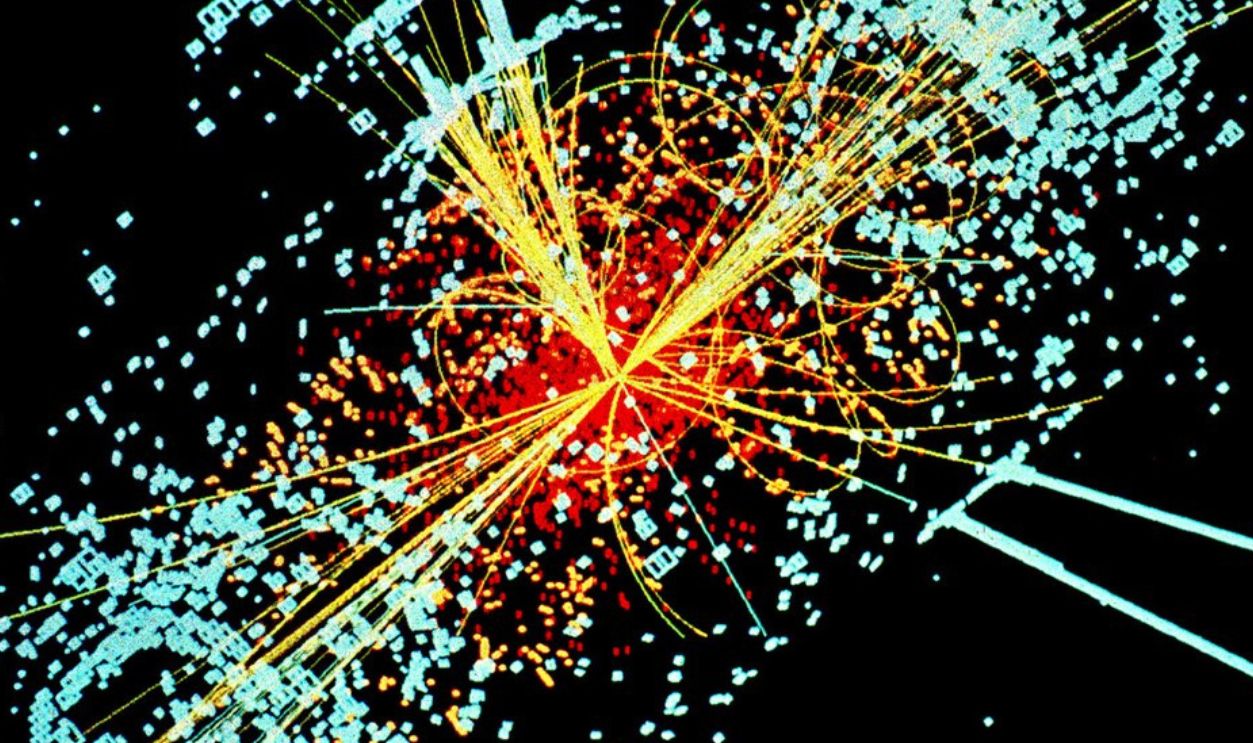 Lucas Taylor / CERN, CC BY-SA 3.0, Wikimedia Commons
Lucas Taylor / CERN, CC BY-SA 3.0, Wikimedia Commons
Dark Sector Particles And Complex Interactions
Considering the complex interactions of the familiar Standard Model particles, which make up only a small part of the universe, it's natural to think that dark sector particles might also exhibit similarly complex interactions. The story doesn’t end here; let’s discover the dark photon’s role in these interactions.
 Is Dark Matter Made of Particles? by PBS Space Time
Is Dark Matter Made of Particles? by PBS Space Time
Dark Photons And Hidden Interactions
By kinematically mixing with the Standard Model photon, dark photons may contribute to interactions between dark matter particles and provide a non-gravitational window (a so-called vector portal) into their existence. The next slide will discuss another great dark matter candidate.
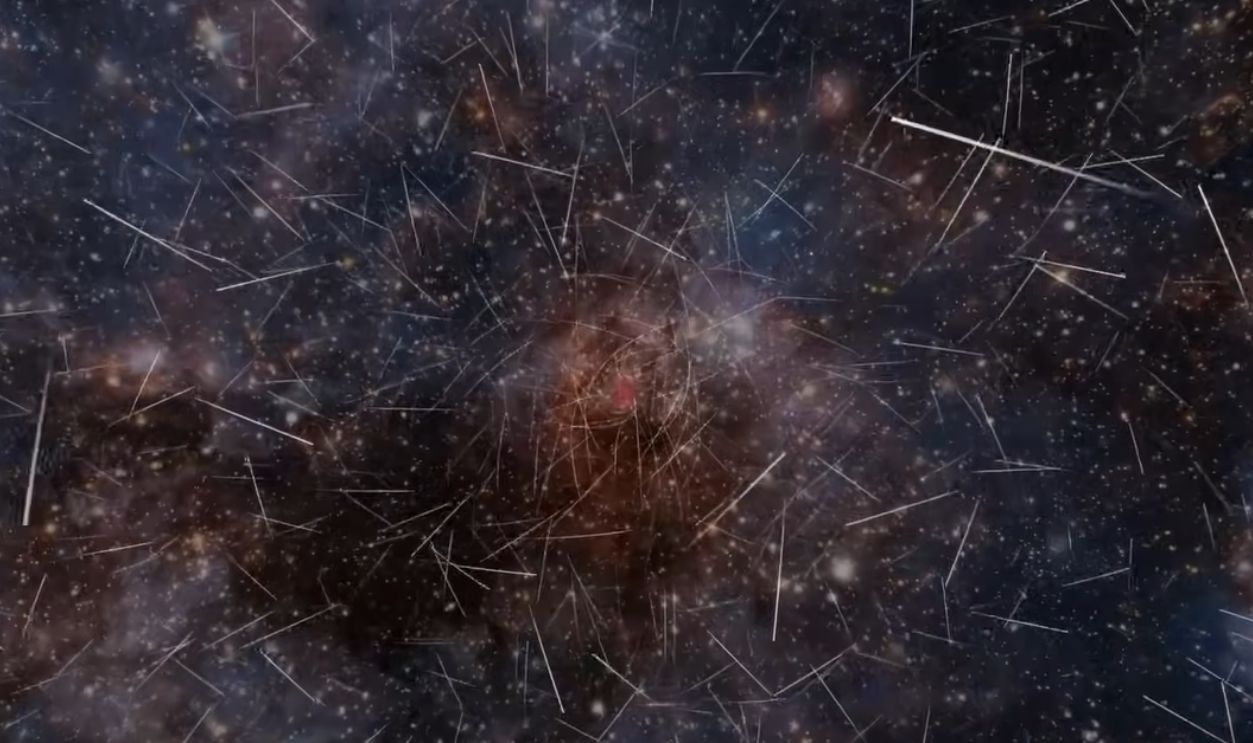 Could a Hidden 5th Force Explain Dark Matter and Dark Energy? By NASASpaceNews
Could a Hidden 5th Force Explain Dark Matter and Dark Energy? By NASASpaceNews
Higgs Boson
The Higgs boson is another type of boson. It is a subatomic particle in the Standard Model, created by quantum fluctuations in the Higgs field, a key component of particle physics theory. The question then becomes, how it's a potential key to understanding dark matter?
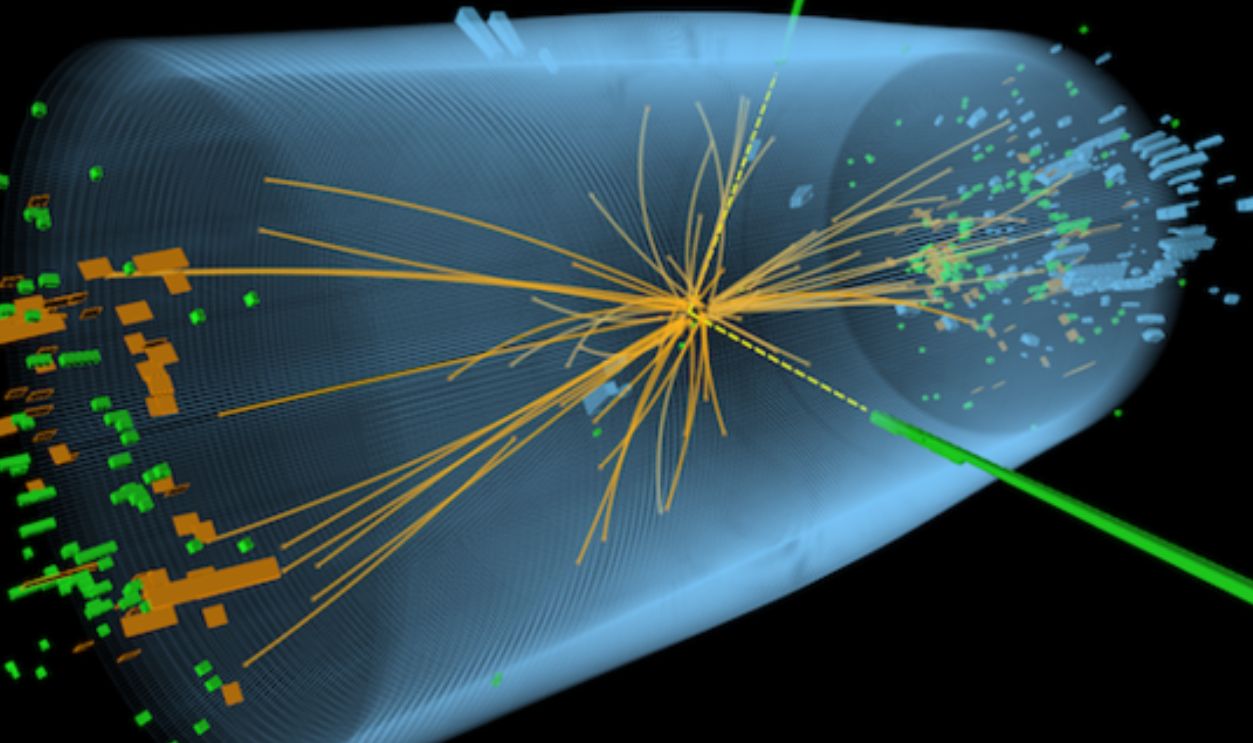 CERN for the ATLAS and CMS Collaborations, CC BY-SA 3.0. Wikimedia Commons
CERN for the ATLAS and CMS Collaborations, CC BY-SA 3.0. Wikimedia Commons
Higgs Boson And Dark Matter
Well, since the Higgs boson play a role in explaining the origin of mass, many scientists believe it could also interact with dark matter, which appears to interact with regular matter only through gravity. As per certain unconfirmed theories, dark matter interacts with normal matter through the swapping of Higgs.
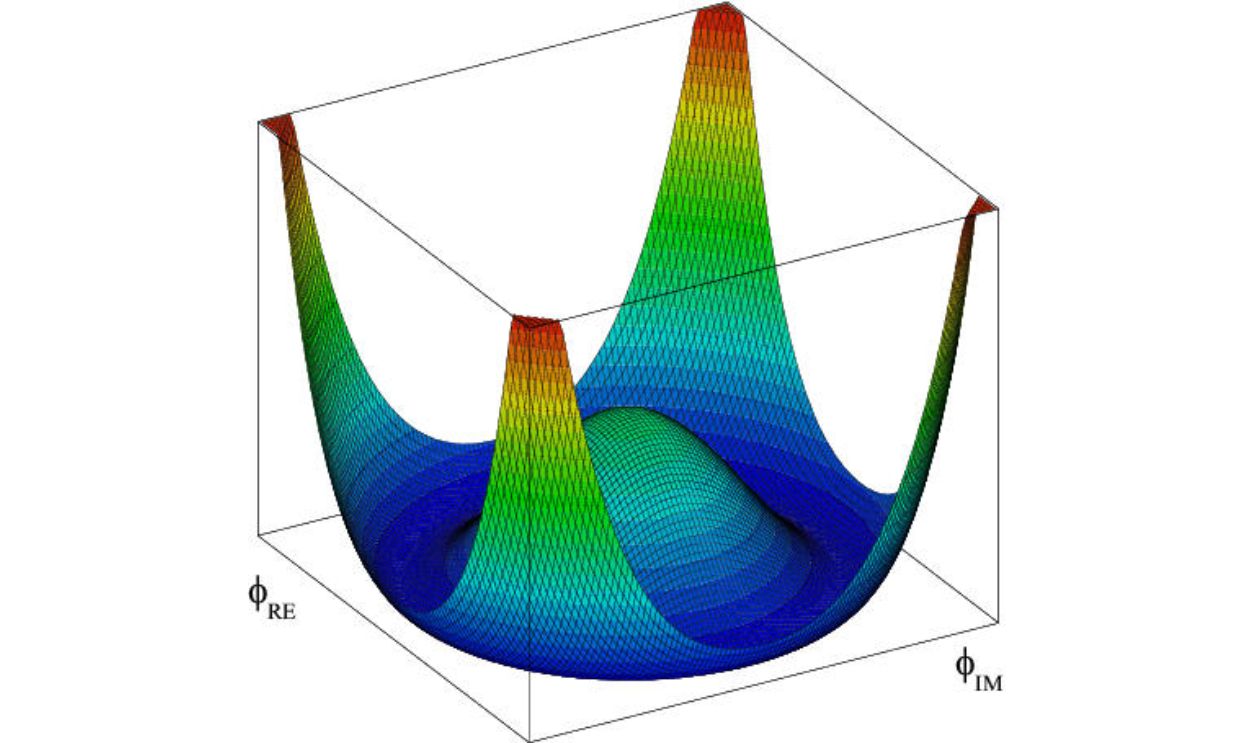 Unknown Author, Wikimedia Commons
Unknown Author, Wikimedia Commons
What Sally Dawson Says About This
If this is true, then collisions that generate Higgs bosons could also produce dark matter particles. According to Sally Dawson, an American Physicist, studying the properties of the Higgs boson could potentially reveal important clues about dark matter.
 Oleksiy.golubov, CC BY-SA 4.0, Wikimedia Commons
Oleksiy.golubov, CC BY-SA 4.0, Wikimedia Commons
Introducing Gluons
Then come gluons, massless vector bosons that mediate the strong interaction between quarks and act as the exchange particle in their interaction. Moreover, they bind quarks via a strong force. In particle physics, some theories propose a link between gluons and dark matter.
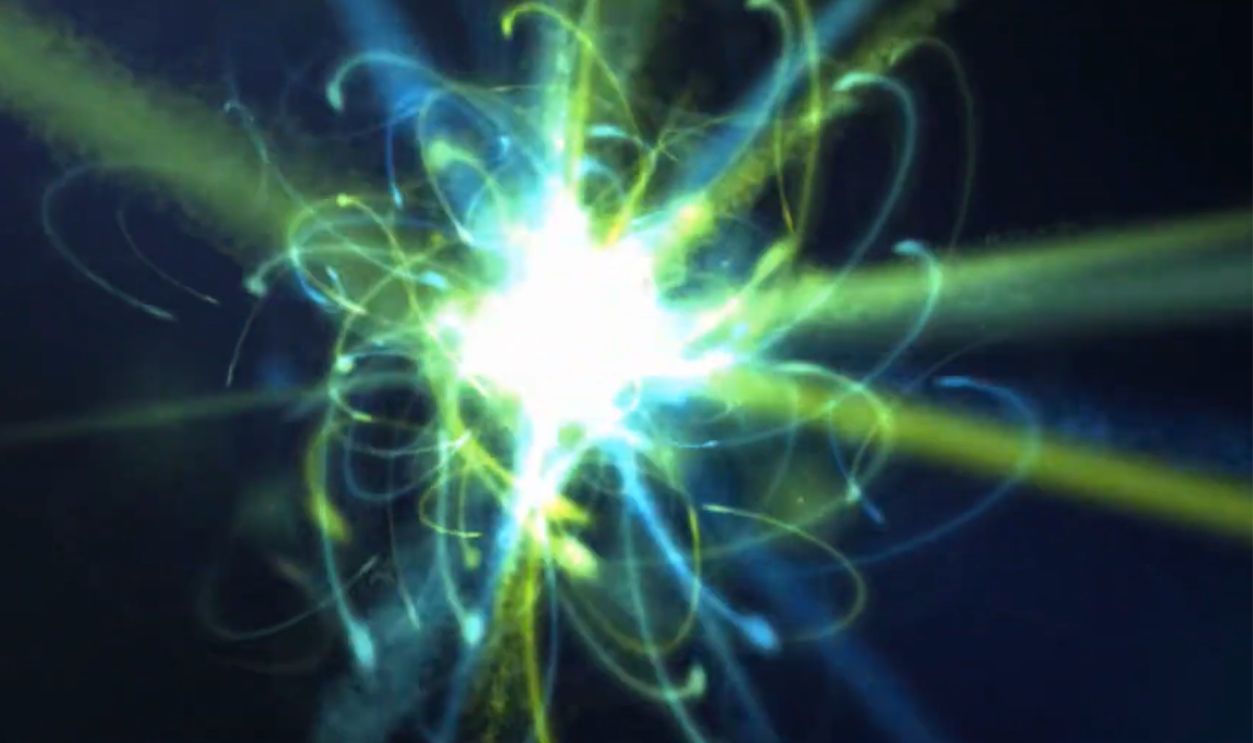 What Are Gluons? | Explained by Bridge
What Are Gluons? | Explained by Bridge
Gluons Link To Dark Matter
The theories suggest that dark matter particles might primarily interact with gluons, which makes the strong force their primary connection to the Standard Model. This hypothetical concept is known as the gluon-philic dark matter model. Moreover, dark matter could potentially interact with ordinary matter through its coupling to gluons.
 Gluons and Glueballs: What's So Amazing About Them? By Terra Physica
Gluons and Glueballs: What's So Amazing About Them? By Terra Physica
W And Z Bosons
In particle physics, the W and Z bosons are vector bosons collectively known as weak bosons or intermediate vector bosons. In particle physics, W and Z bosons, which mediate the weak force, are seen as potential tools for studying dark matter.
 [Weak Nuclear Force] What is it actually? [Explained in 3 minutes!] by The Knowledge Hub
[Weak Nuclear Force] What is it actually? [Explained in 3 minutes!] by The Knowledge Hub
Theories On This
Unconfirmed theories suggest that interactions between these bosons and hypothetical dark matter particles could help explain specific dark matter properties. This is especially true in models with a dark sector with new particles and forces interacting with Standard Model particles like W and Z bosons through mixing or other mechanisms.
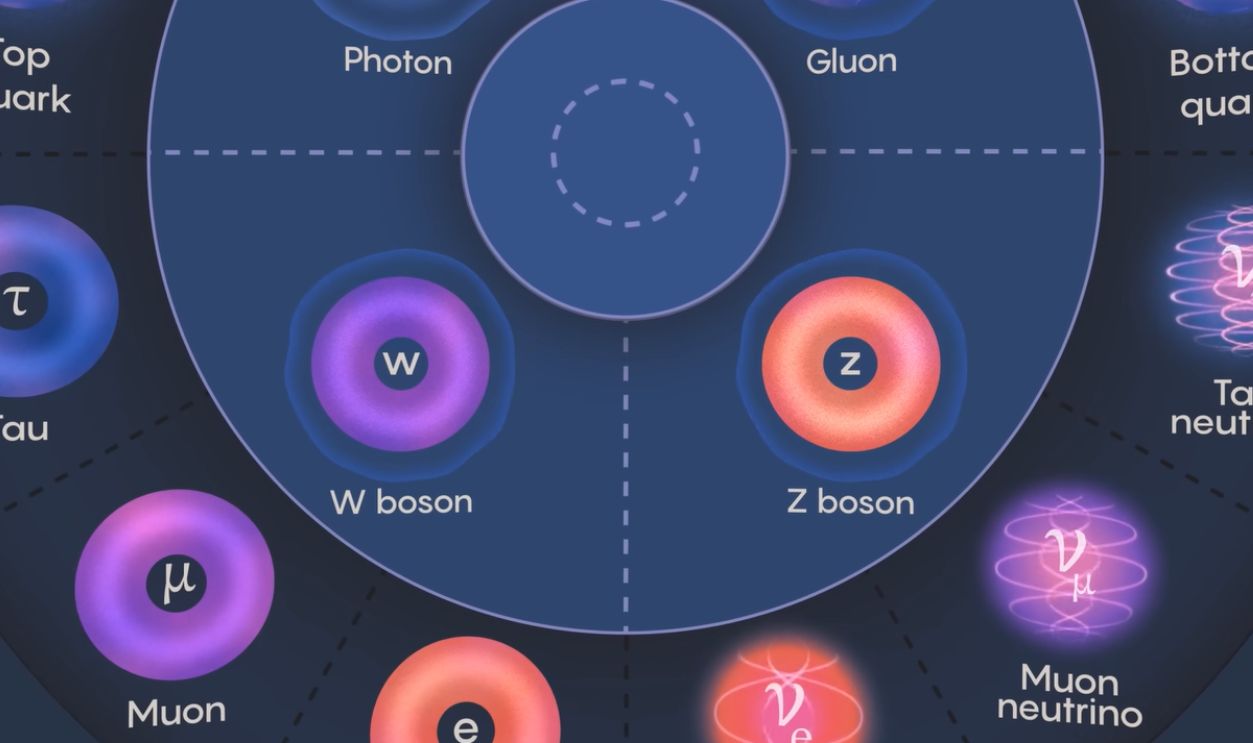 The Standard Model of Particle Physics: A Triumph of Science by Quanta Magazine
The Standard Model of Particle Physics: A Triumph of Science by Quanta Magazine
Weak Bosons And Dark Matter
W and Z bosons mediate the weak force, which plays a role in radioactive decay, and some dark matter models suggest that these bosons could help facilitate interactions between dark matter particles and ordinary matter particles.
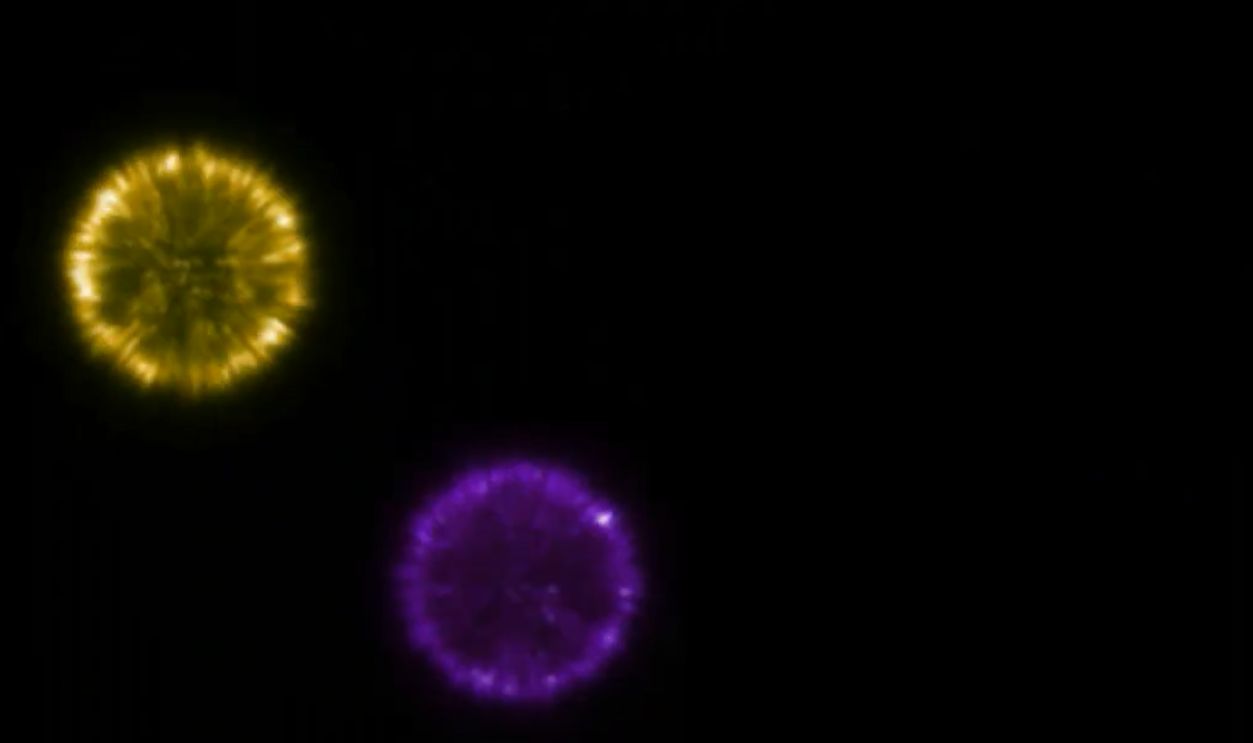 Photons, Gravitons & Weak Bosons | Standard Model Of Particle Physics by Best0fScience
Photons, Gravitons & Weak Bosons | Standard Model Of Particle Physics by Best0fScience
Gravitons
Graviton is another type, which is a potential holy grail to understand dark matter. Through analytical calculations, physicists have discovered that in nearly all the theories they examined, gravitons can attract one another and form compact objects that could make up dark matter.
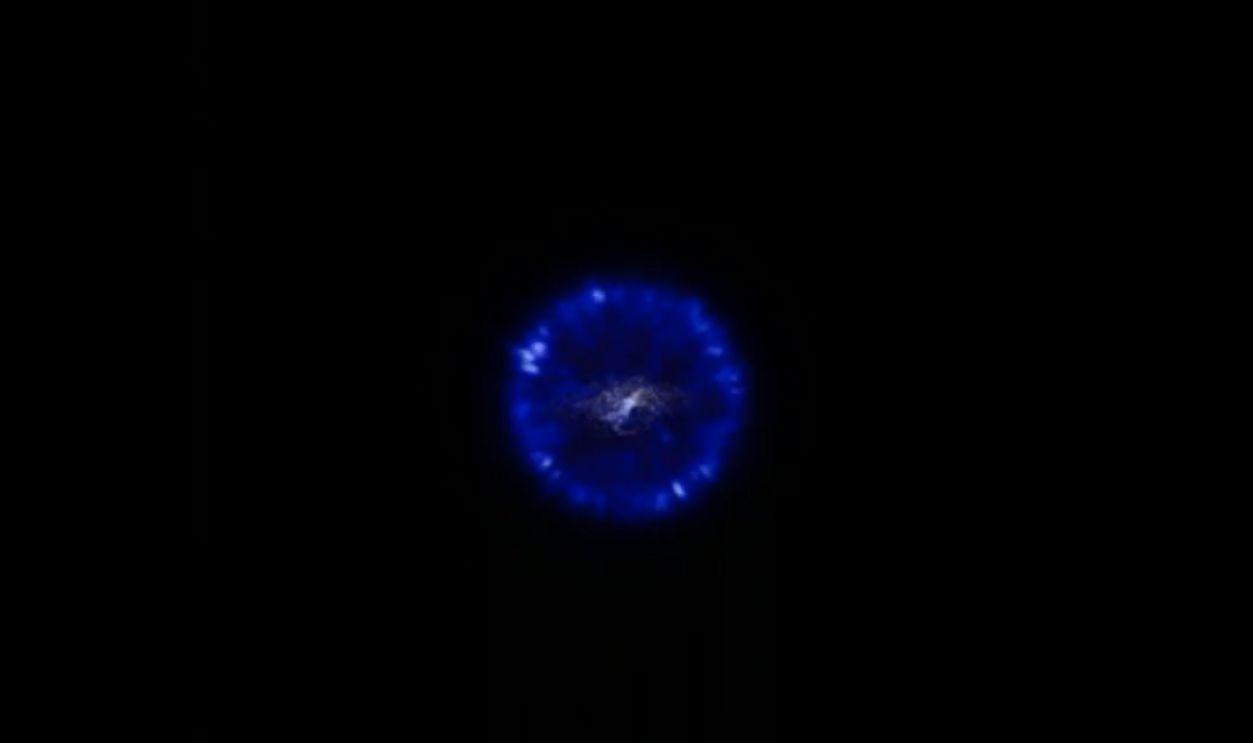 Photons, Gravitons & Weak Bosons | Standard Model Of Particle Physics by Best0fScience
Photons, Gravitons & Weak Bosons | Standard Model Of Particle Physics by Best0fScience
Dark Dimension Concept
A theoretical framework proposes the existence of a dark dimension, where extra graviton-like particles, known as dark gravitons, could form and serve as dark matter. Bosons could be the missing link to dark matter, but only time and research will reveal the truth.
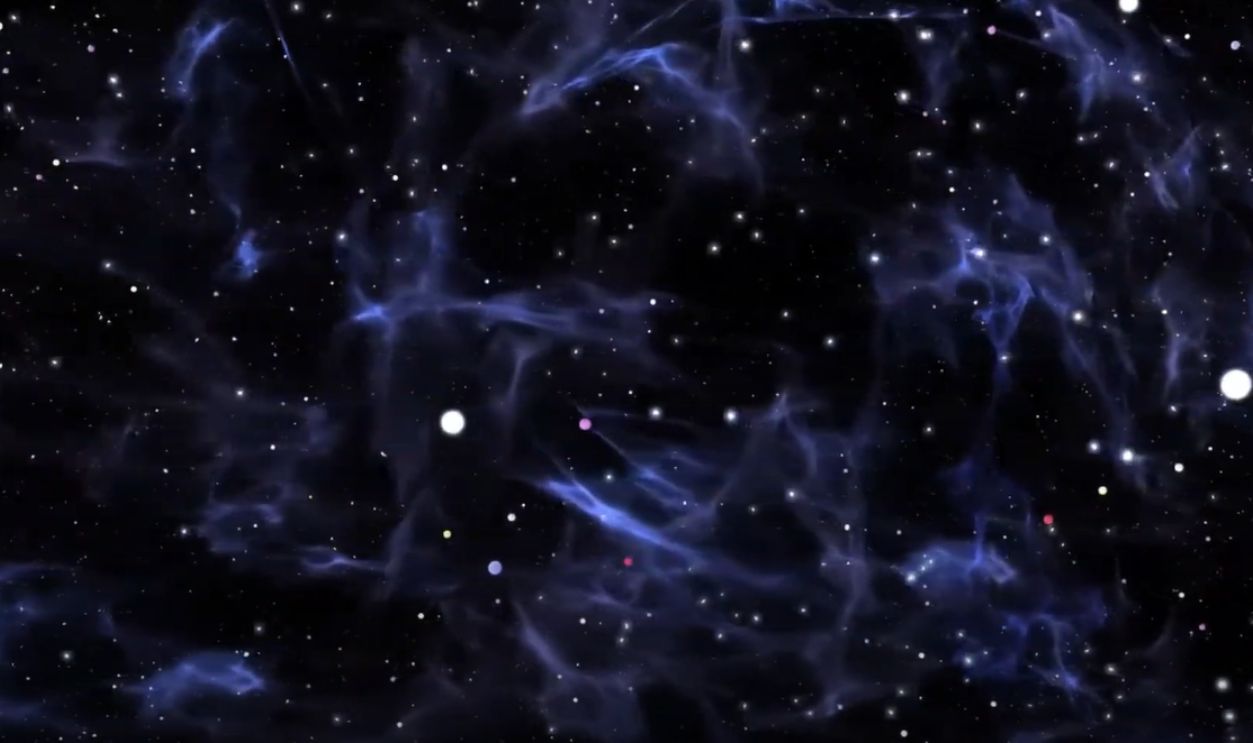 Are Gravitons Good Candidates for Dark Matter? by SciTech: AstroNews and Views
Are Gravitons Good Candidates for Dark Matter? by SciTech: AstroNews and Views

